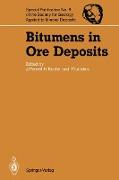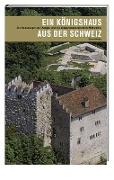Bitumens in Ore Deposits
BücherAngebote / Angebote:
l J. Parnell It is widely documented that concentrations of metal may be associated with diverse organic materials, from living plants and animals through organic-rich sediments to crude oil, solid bitumen/pyrobitumen, and graphite. The signifi cance of organic matter in mineralizing processes has been the subject of several special publications, including the proceedings of symposia on Oil and Ore (Garrard 1977), Organics in Ore Deposits (Dean 1986), the Role of Organisms and Organic Matter in Ore Deposition (MacQueen 1985), and Organic Matter in Hydrothermal Systems (Simoneit 1990). Recent research has made notable advances in the use of organic geochemical/pyrolysis data to assess the thermal maturity of ore deposits (e. g. , MacQueen and Powell 1983), the transport of metals in fluids which contain organic compounds (e. g. , Manning 1986), the role of microbiota in fixing metals (e. g. , Morton and Changkakoti 1987) and the nature of sulphate reduction in sulphide ores associated with hydrocarbons (e. g. , Leventhal 1990). The roles of fluid hydro carbons in ore metal transport and solid hydrocarbons (bitumens) in ore metal deposition have been reviewed by Manning (1986) and Parnell (1988) respectively. This Volume places emphasis on bitumens, either bitumens which occur in ore deposits, or are enriched in or otherwise associated with metals. Inevitably some accounts describe cases where metals are associated with both bitumens and autochthonous organic matter (kerogen).
Folgt in ca. 5 Arbeitstagen




